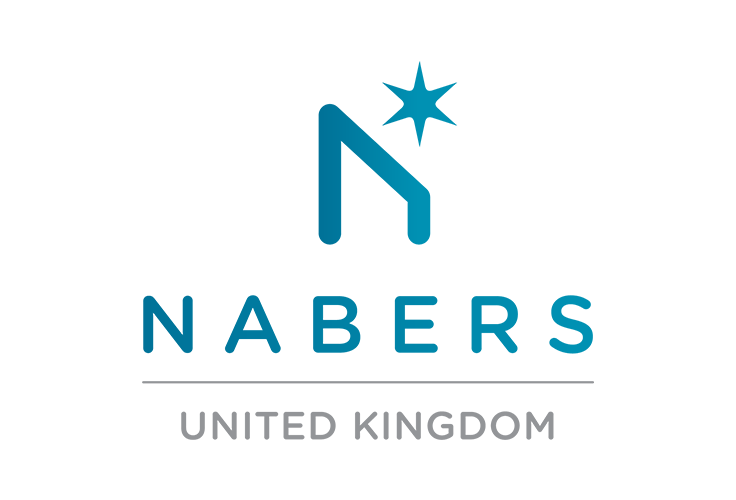8 MINUTES READ
- Categories:
- Building Performance,
- ESG
Until recently, I have been working in the EHS sector helping some of the worlds largest companies select, implement, and maintain some of the leading Environmental, Health & Safety solutions.
Read More
6 MINUTES READ
- Categories:
- Sustainable CRE
In our last blog about sustainable CRE, we looked at the value of investing in environmentally sustainable buildings. This time, we’re going to focus on one of the challenges of building a sustainable CRE portfolio: namely, how to ensure your tenants use your building in an environmentally-conscious way.Whether you are a CRE landlord, owner, investor or asset manager, this should be of interest to you. Why? Because the activities of occupiers could make up as much as 70-80% of a building’s total carbon footprint (source: EG). So even if you have a host of green building certifications and have installed super-efficient main building services , how your building performs depends significantly on how your tenants operate within it.This is known as the ‘'performance gap’: the difference between how a building should perform when it’s designed, and how it actually does perform when it’s occupied.
Read More
5 MINUTES READ
- Categories:
- Sustainable CRE
Last month, the BBP - whom we have been working with since 2016 (https://fabriq.space/blog/better-buildings-partnership-reebooted/) - officially announced its partnership with NABERS to bring their incredibly successful building performance rating standard to the UK. Currently operating in Australia and New Zealand, NABERS comes with a proven track record of bridging the performance gap between building design and in-use operational energy consumption.NABERS energy ratings measure and verify the actual energy use of existing buildings, providing a rating from 1-6 stars and helping building owners to accurately target, measure and communicate the energy performance of their buildings
Read More
4 MINUTES READ
Energy efficiency has gone out of fashion. A quick check of Google trends will confirm this. A 15 year-long steady decline in search volume. But why?
Read More
4 MINUTES READ
Last week I shared a blog post about why I believe energy waste during non-operational hours is one of the most easily avoided forms of waste in buildings. This week, I’m deep-diving into the 4 step process to identifying energy waste during non-operational hours across your portfolio of buildings.
Read More
4 MINUTES READ
Every experienced energy and sustainability professional who reads this blog, knows of course, that the first step of implementing energy management solutions, is acquisition of the building consumption data. This process, involves cooperation between different industry groups, and can often be long, complicated and costly.In my last blog, I have shared my thoughts on why it is so important to access the right data when developing your Net Zero Carbon programme.Lets dive deeper into the challenging process of energy data acquisition, and discuss ways to make it easier, more effective and more cost efficient.
Read More
7 MINUTES READ
- Categories:
- Building Performance
I live in a mid-terrace house that was built early in the 20th Century using solid brick construction. It's one of those typical suburban houses with nice bay windows and a small gas fireplace in the lounge, the sort you find all over the UK. Like most houses of this type, it is draughty, badly insulated and very inefficient in its energy use. I am starting a project to fix that and I would like to have the primary improvement works done under the Green Deal.
The Green Deal is a new initiative by the UK government that became effective at the end of January and that aims to reduce the number of buildings that require high energy spendings in order to operate. It is designed so that it can benefit landlords and tenants alike, as well as owner occupiers. The primary way in which it does this is through easy financing that is linked to the property rather than the owner or occupier: the idea is that once the works are done, the energy bills of the property will go down. So the loan that finances the project is repaid against savings on the electricity bill. If the property is sold, the remainder of the loan is sold with it and keeps being applied to the electricity bills of that property. This has a number of advantages for tenants and landlords:
An initial survey of the property is done by an accredited assessor who will identify what are the most cost effective measures for that property based on its characteristics and the way the people live in it,
There is no upfront cost apart from the cost of the initial assessment,
As the loan is made against the property rather than a person, there are no credit checks, which makes the finance and the whole scheme much more accessible to people who typically find it difficult to obtain credit, such as people who are self-employed or have bad credit history,
You can receive cashback repayments against particular measures,
You can have additional works that are not covered by the Green Deal carried out at the same time, as long as you finance them separately.
Read More







